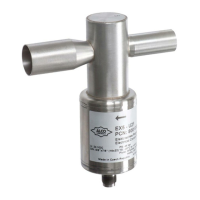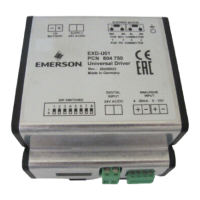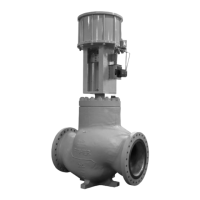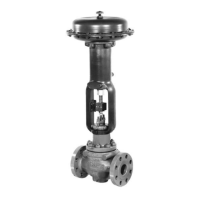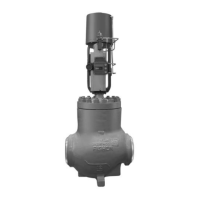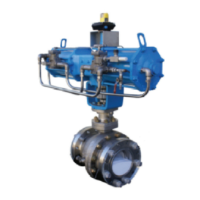Safety
Information
Introduction Installation
PowerTools
Pro Software
Communications
How
Motion
Works
How I/O
Works
Configuring
an
Application
Programming
Starting and
Stopping
Motion
Starting and
Stopping
Programs
Parameter
Descriptions
Drive
Parameters
Used by
EZMotion
Diagnostics Glossary Index
EZMotion User/Programming Guide 175
Revision A8 www.controltechniques.com
10 Starting and Stopping Motion
10.1 Starting Motion
All of the motion types described in How Motion Works on page 33 can be initiated using a couple of different methods. The
two different methods are from assignments, and from user programs. The following sections details how each of the different
motions are initiated from both assignments and from user programs.
10.1.1 From Assignments
In order to initiate motion from an assignment, a Source must be assigned, on the Assignments view in PowerTools Pro, to
one of the Destinations listed below. Some Destinations are level sensitive while others are edge sensitive. Each of the
Destinations associated with starting motion are listed below.
Jog.PlusActivate
Jog.PlusActivate will, when active, cause the motor to run at a specified Jog Velocity in the positive direction. Jog.PlusActivate
is a level sensitive assignment meaning that as long as the Destination is active, the Jog will be active. The status of the
Jog.Select destination determines which jog profile is used when Jog.PlusActivate activates. If Jog.Select is off (or inactive)
then the Jog 0 profile will be used. If Jog.Select is active, then the Jog 1 profile is used.
To stop the jogging motion, simply deactivate the Jog.PlusActivate Destination. The motor will then decelerate using the
selected Jog Deceleration ramp.
If Jog.Select activates or deactivates while Jogging is active, the motor will change to the new Jog Velocity using the new Jog
Acceleration ramp. Jog Deceleration is only used when Jogging motion is stopped. Figure 175 shows an example of changing
Jog.Select while Jog is active.
Figure 175: Jog Select Example
Jog.MinusActivate
Jog.MinusActivate will, when active, cause the motor to run at a specified Jog Velocity in the negative direction.
Jog.MinusActivate is a level sensitive assignment meaning that as long as the Destination is active, the Jog will be active. The
status of the Jog.Select destination determines which jog profile is used when Jog.MinusActivate activates. If Jog.Select is off
(or inactive) then the Jog 0 profile will be used. If Jog.Select is active, then the Jog 1 profile is used.
To stop the jogging motion, simply deactivate the Jog.MinusActivate Destination. The motor will then decelerate using the
selected Jog Deceleration ramp.
If Jog.Select activates or deactivates while Jogging is active, the motor will change to the new Jog Velocity using the new Jog
Acceleration ramp. Jog Deceleration is only used when Jogging motion is stopped. Figure 175 above shows an example of
changing Jog.Select while Jog is active.
Jog.Select
Jog.Select is used solely to determine which Jog Profile is selected when the Jog.PlusActivate or Jog.MinusActivate are
activated. To select Jog 0, Jog.Select should be inactive. To select Jog 1, Jog.Select should be active.
Home.#.Initiate
The Home.#.Initiate Destination is used to start the home sequence as defined on the Home view. Home.#.Initiate is an edge-
sensitive assignment meaning that the home will start on the rising edge of the Source signal. If the Home.#.Initiate
Destination is held active, the Home will not initiate again until the next rising edge.
Jog.PlusActivate
Jog.Select
Jog.0.Velocity
Jog.1.Velocity
Jog.0.Accel
Jog.1.Accel Jog.1.Decel
Jog.0.Decel

